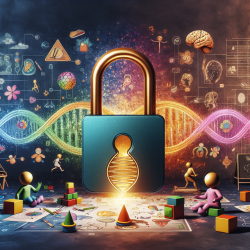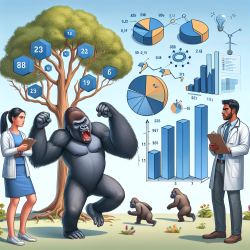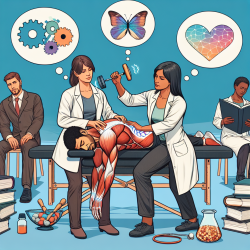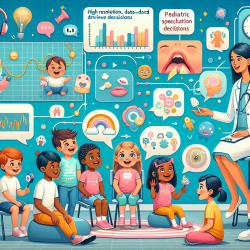Introduction
In the world of speech-language pathology, understanding the intricate relationship between genetic factors and brain development is crucial. The recent study by Sønderby et al., titled Effects of copy number variations on brain structure and risk for psychiatric illness: Large-scale studies from the ENIGMA working groups on CNVs, provides groundbreaking insights into how copy number variations (CNVs) affect brain structures and psychiatric risks. This blog aims to explore these findings and discuss how they can be implemented to improve outcomes for children in therapy.
Understanding Copy Number Variations
Copy number variations are structural changes in the genome that result in the cell having an abnormal number of copies of one or more sections of the DNA. These variations can significantly impact brain development and are linked to various neurodevelopmental and psychiatric disorders.
Key Findings from the ENIGMA Study
The ENIGMA study analyzed data from approximately 49,000 individuals, focusing on CNVs and their effects on brain structures. The research identified specific CNVs, such as 22q11.2, 16p11.2 distal, 15q11.2, and 1q21.1 distal, that are associated with distinct patterns of brain structural abnormalities and cognitive traits.
- 22q11.2 CNV: Linked to significant changes in subcortical and cortical brain structures, affecting cognitive and neurodevelopmental traits.
- 16p11.2 Distal CNV: Associated with alterations in brain regions responsible for cognitive processing and behavior regulation.
- 15q11.2 and 1q21.1 Distal CNVs: Showed evidence of gene-dosage effects on brain regions, providing insights into genotype-phenotype relationships.
Implications for Practitioners
For practitioners in speech-language pathology, these findings underscore the importance of considering genetic factors in therapy. Understanding CNVs can aid in developing personalized therapy plans that address the unique needs of each child. Here are some practical steps practitioners can take:
- Genetic Screening: Encourage genetic screening for children with atypical developmental patterns to identify potential CNVs.
- Collaborative Approach: Work closely with geneticists and neurologists to interpret genetic data and integrate findings into therapy plans.
- Tailored Interventions: Use insights from genetic data to tailor interventions that target specific brain regions affected by CNVs.
Encouraging Further Research
While the ENIGMA study provides a comprehensive overview of CNVs, there is still much to learn about their full impact on brain development and behavior. Practitioners are encouraged to stay informed about ongoing research and contribute to the growing body of knowledge by documenting and sharing their clinical observations.
Conclusion
The intersection of genetics and speech-language pathology offers a promising avenue for enhancing therapeutic outcomes for children. By leveraging data-driven insights from studies like ENIGMA, practitioners can develop more effective, personalized interventions. To delve deeper into the original research, please follow this link: Effects of copy number variations on brain structure and risk for psychiatric illness: Large-scale studies from the ENIGMA working groups on CNVs.










